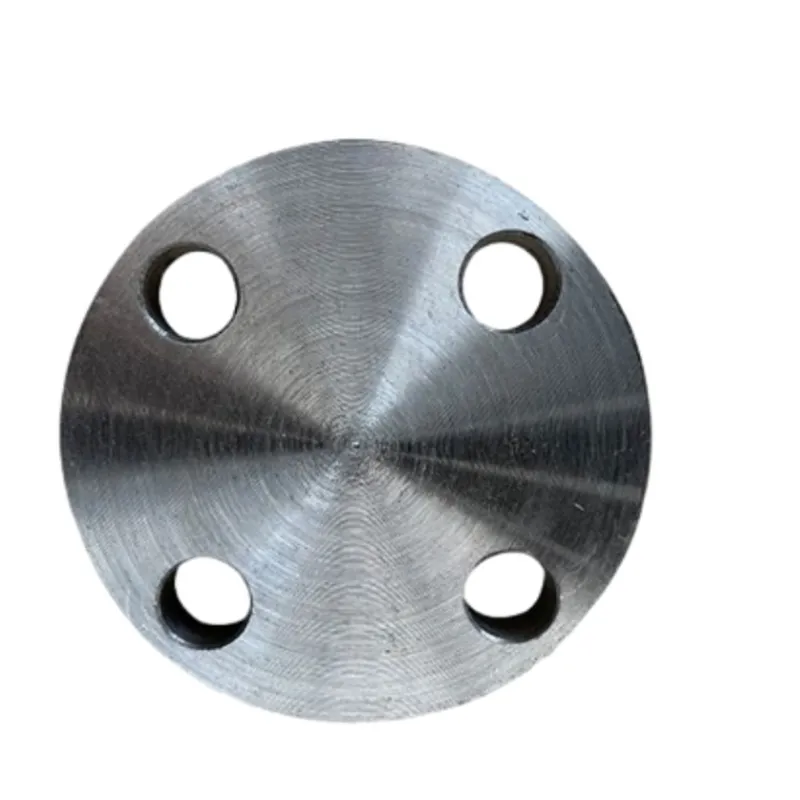-
Cangzhou Yulong Steel Co., Ltd.
-
Phone:
+86 13303177267 -
Email:
admin@ylsteelfittings.com
- English
- Arabic
- Italian
- Spanish
- Portuguese
- German
- kazakh
- Persian
- Greek
- French
- Russian
- Polish
- Thai
- Indonesian
- Vietnamese
- Zulu
- Korean
- Uzbek
- Hindi
- Serbian
- Malay
- Ukrainian
- Gujarati
- Haitian Creole
- hausa
- hawaiian
- Hebrew
- Miao
- Hungarian
- Icelandic
- igbo
- irish
- Japanese
- Javanese
- Kannada
- Khmer
- Rwandese
- Afrikaans
- Albanian
- Amharic
- Armenian
- Azerbaijani
- Basque
- Belarusian
- Bengali
- Bosnian
- Bulgarian
- Catalan
- Cebuano
- China
- China (Taiwan)
- Corsican
- Croatian
- Czech
- Danish
- Esperanto
- Estonian
- Finnish
- Frisian
- Galician
- Georgian
- Kurdish
- Kyrgyz
- Lao
- Latin
- Latvian
- Lithuanian
- Luxembourgish
- Macedonian
- Malgashi
- Malayalam
- Maltese
- Maori
- Marathi
- Mongolian
- Myanmar
- Nepali
- Norwegian
- Norwegian
- Occitan
- Pashto
- Dutch
- Punjabi
- Romanian
- Samoan
- Scottish Gaelic
- Sesotho
- Shona
- Sindhi
- Sinhala
- Slovak
- Slovenian
- Somali
- Sundanese
- Swahili
- Swedish
- Tagalog
- Tajik
- Tamil
- Tatar
- Telugu
- Turkish
- Turkmen
- Urdu
- Uighur
- Welsh
- Bantu
- Yiddish
- Yoruba

Dec . 01, 2024 10:28 Back to list
Understanding Various Sizes of Seamless Pipes for Industrial Applications
Understanding Seamless Pipe Sizes A Comprehensive Overview
Seamless pipes play a crucial role in various industries, including oil and gas, construction, and manufacturing. Their design eliminates the need for welded joints, thereby providing superior strength, resistance to pressure, and longevity. One of the essential aspects that professionals must grasp when working with seamless pipes is understanding their sizes, which is critical for ensuring proper fit, functionality, and safety in applications.
Definition and Types
Seamless pipes are produced through a process that involves solid steel billets. These billets are heated and then extruded to create a hollow tube without any seams or welds. The result is a uniform product that can withstand high pressure and stress, making seamless pipes ideal for high-demand environments.
Seamless pipes can be categorized based on various specifications, including material, diameter, wall thickness, and length. Common materials used include carbon steel, stainless steel, and alloy steel, each serving distinct applications based on their properties.
Pipe Sizes
The sizes of seamless pipes are typically defined by two primary parameters nominal pipe size (NPS) and schedule, which refers to the wall thickness
.1. Nominal Pipe Size (NPS) The NPS is a standardized designation that indicates the diameter of the pipe. For instance, a nominal size of 4 inches means that the pipe is designed to have a diameter of approximately 4 inches. However, it’s essential to understand that the actual outside diameter (OD) of the pipe may differ based on the specifications. The NPS can range from 1/8 inch to 36 inches or more, making it critical for engineers and architects to select the proper size based on the system requirements.
seamless pipe sizes

2. Schedule This refers to the wall thickness of the pipe and is indicated as a number, typically ranging from 5 to 160 (and above). The thicker the wall, the higher the schedule number. For example, a pipe designated as Schedule 40 has a thicker wall compared to one designated as Schedule 20. The schedule impacts the pipe's pressure rating and its suitability for different applications.
Importance of Size Selection
Choosing the correct pipe size is crucial for several reasons. First, it ensures the integrity and safety of the piping system. An incorrectly sized pipe can lead to underperformance or even catastrophic failures in high-pressure environments.
Second, the right size contributes to efficient fluid flow. Pipes that are too large can reduce flow rates, while pipes that are too small can cause increased pressure and potential leaks. Proper sizing takes into account the flow requirements as well as the materials being transported.
Lastly, understanding seamless pipe sizes helps in reducing costs. Oversized pipes can lead to unnecessary material expenses, and undersized pipes may cause future replacements, both of which impact project budgets.
In Conclusion
In summary, seamless pipes are indispensable in many industrial applications, and understanding their sizes is critical for ensuring optimal performance. By recognizing the importance of nominal pipe sizes and schedules, professionals can make informed decisions that maximize efficiency, safety, and cost-effectiveness. Whether in construction, automotive, or energy sectors, mastering the nuances of seamless pipe sizes is foundational for anyone involved in the design, installation, or maintenance of piping systems.
Latest news
-
ANSI 150P SS304 SO FLANGE
NewsFeb.14,2025
-
ASTM A333GR6 STEEL PIPE
NewsJan.20,2025
-
ANSI B16.5 WELDING NECK FLANGE
NewsJan.15,2026
-
ANSI B16.5 SLIP-ON FLANGE
NewsApr.19,2024
-
SABS 1123 FLANGE
NewsJan.15,2025
-
DIN86044 PLATE FLANGE
NewsApr.19,2024
-
DIN2527 BLIND FLANGE
NewsApr.12,2024
-
JIS B2311 Butt-Welding Fittings LR/SR 45°/90° /180°Seamless/Weld
NewsApr.23,2024











